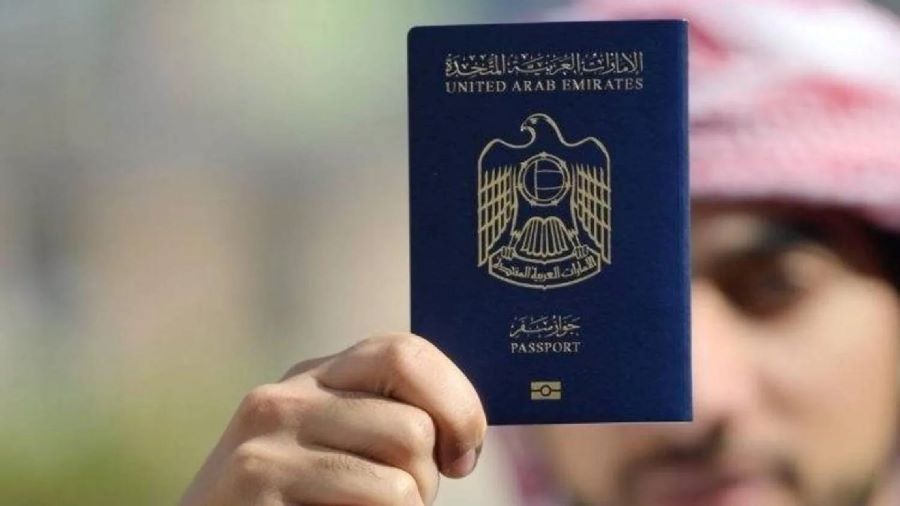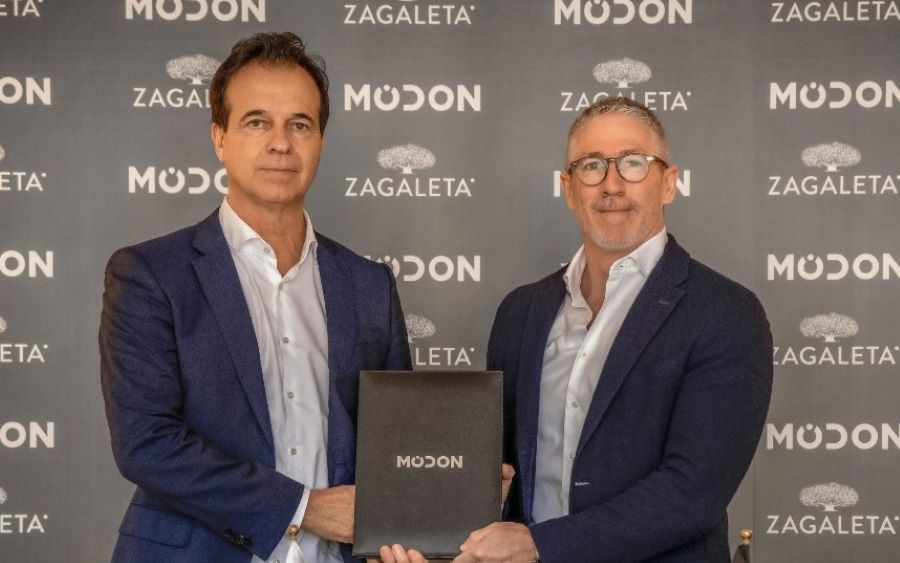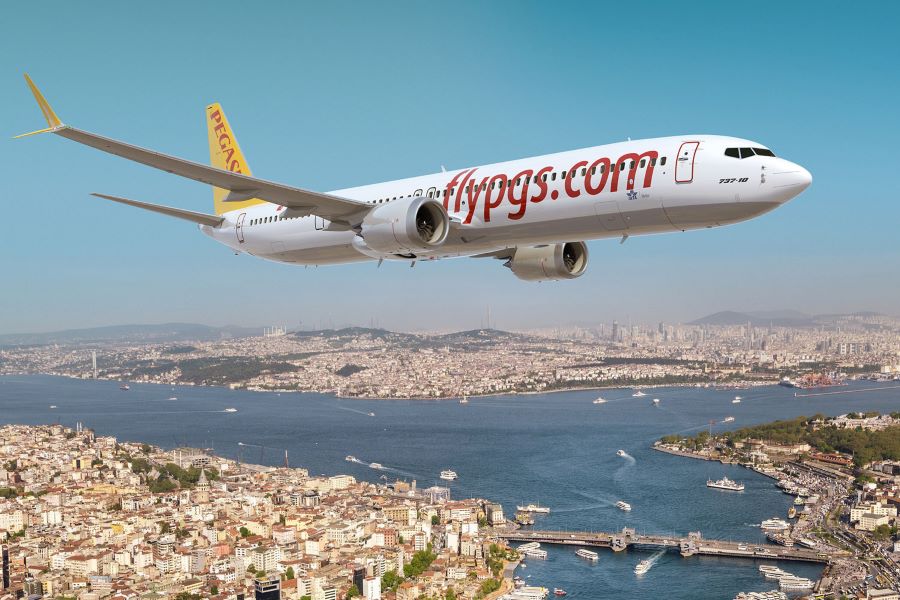
Medical technicians working with bags blood at Hanoi Blood Transfusion Center in Hanoi, Vietnam on July 16, 2014. Photo © Dominic Chavez/World Bank
World Bank Group’s $157 Billion Pandemic Surge Is Largest Crisis Response in Its History
In response to COVID-19 severely damaging the lives and livelihoods of millions of people in developing countries, the World Bank Group deployed over $157 billion to fight the pandemic’s health, economic, and social impacts over the last 15 months (April 1, 2020 – June 30, 2021). This is the largest crisis response of any such period in the Bank Group’s history and represents an increase of more than 60% over the 15-month period prior to the pandemic. Bank Group commitments and mobilizations in fiscal year 2021 (FY21) alone (July 1, 2020 – June 30, 2021) amounted to almost $110 billion (or $84 billion excluding mobilization, short-term financing, and recipient-executed trust funds).
Since the start of the pandemic, the Bank Group supported countries to address the health emergency, strengthen health systems, protect the poor and vulnerable, support businesses, create jobs and jump start a green, resilient, and inclusive recovery.
Following last year’s COVID-related economic deterioration, the global economy is expected to expand 5.6% in 2021. Thus far, the recovery is uneven and many of the world’s poorest countries are being left behind. While about 90% of advanced economies are expected to regain their pre-pandemic per capita income levels by 2022, only about one-third of emerging market and developing economies are projected to do the same. In 2020, global extreme poverty rose for the first time in over 20 years, with nearly 100 million people pushed into extreme poverty.
“Since the start of the pandemic, the World Bank Group has committed or mobilized a record $157 billion in new financing, an unprecedented level of support for an unprecedented crisis,” said World Bank Group President David Malpass. “We will continue to provide critical assistance to developing countries through this ongoing pandemic to help achieve a more broad-based economic recovery. The Bank Group has proven to be a rapid, innovative, and effective platform to support developing countries as they respond to the pandemic and strengthen resilience for future shocks. But we must do more still. I remain deeply concerned about limited availability of vaccines for developing countries, which are critical to save lives and livelihoods.”
In the 15 months ending June 30, 2021, the Bank Group stretched its balance sheets, accelerated leveraging and disbursements, and front-loaded resources. Support to countries from the International Bank for Reconstruction and Development (IBRD) totaled $45.6 billion – including drawing down IBRD’s $10 billion crisis buffer in addition to Board-approved sustainable annual lending limits. Grants and zero or low-interest loans to the world’s poorest countries from the International Development Association (IDA) amounted to $53.3 billion. To meet increased financing needs, the World Bank fully used all remaining IDA18 resources in FY20 and frontloaded about half of all the three-year envelope of IDA19 resources in FY21. In February 2021, IDA donor and borrower country representatives agreed to advance IDA20 by 12 months to enable continued surge financing in the coming years.
In addition, over the same 15 months, the International Finance Corporation (IFC), the Bank Group’s private sector development arm, reached a record high of $42.7 billion in financing, including short-term finance ($10.4 billion) and mobilization ($14.9 billion), 37% of which was in low-income and fragile and conflict-affected states. IFC provided liquidity for businesses to remain in operation, while ramping up investments in companies on the frontlines of the pandemic response. To address the COVID-induced increase in the trade gap, IFC has expanded its trade and supply chain finance activities. IFC’s “Upstream” work continues to create the conditions to attract much-needed private investment to some of the world’s most difficult places and preparing the ground for a faster private sector recovery.
Despite a challenging year for borrowers and financial markets, IDA doubled the amount it raised last fiscal year from investors, reaching almost $10 billion. IBRD raised $68 billion, by mobilizing financing from investors around the globe. IBRD and IDA, both rated AAA/Aaa, raised awareness for a variety of development themes to successfully mobilize finance for sustainable development. The year also included innovations such as a unique $100 million five-year bond issued by IBRD to support the global response to COVID-19 through UNICEF. IFC, also rated AAA/Aaa, issued close to $13 billion in bonds for private sector development and job creation in emerging markets.
The Multilateral Investment Guarantee Agency (MIGA), whose mandate is to drive impactful foreign direct investment to developing countries, issued $7.6 billion in new guarantees over the same 15-month period since the onset of the pandemic, of which 19% supported projects in IDA countries and fragile settings.
In FY21, the World Bank Group’s climate finance totaled over $26 billion, it’s largest year of climate finance ever (25% above FY20, which was itself also a record). The new Climate Change Action Plan for 2021-2025 aims to integrate climate and development goals, and commits 35% of Bank Group financing to climate, on average, over the next five years, with at least 50% of World Bank climate finance supporting adaptation. In the same time frame, the Bank Group will align financing with the goals of the Paris Agreement, while helping client countries meet their Paris commitments, including supporting and implementation of development of their Nationally Determined Contributions (NDCs) and Long-Term Strategies.
This blog post is part of a series by the worldbank.org













